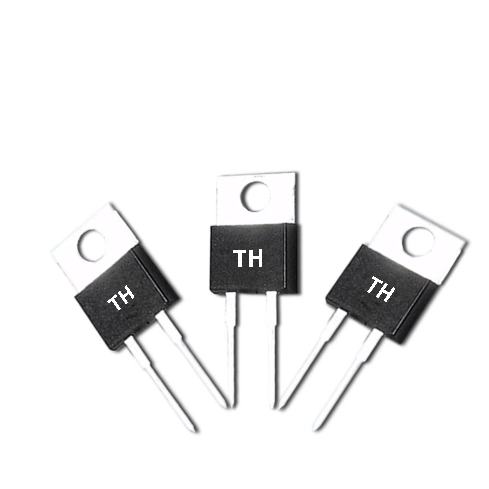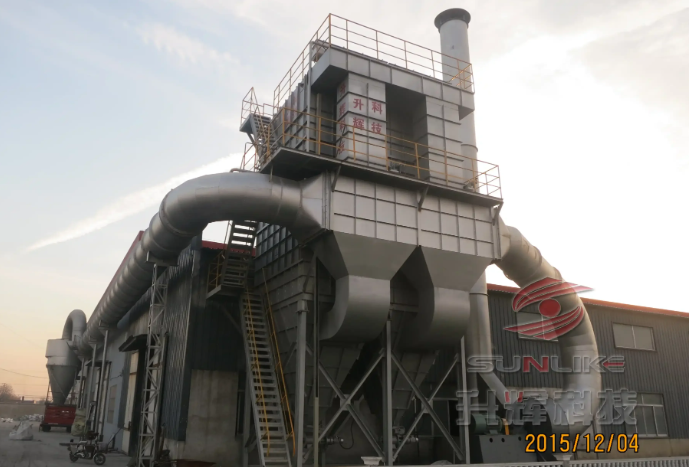When it comes to choosing the right fabric for gym wear, two materials often dominate the conversation: polyester and nylon. Both fabrics have their unique properties, advantages, and disadvantages, making them suitable for different types of workouts and personal preferences. This article delves into the intricacies of polyester and nylon, comparing their performance, durability, moisture-wicking capabilities, and overall comfort to help you make an informed decision for your gym wardrobe.
Understanding the Basics: Polyester and Nylon
Polyester is a synthetic fabric derived from petroleum. It is known for its durability, resistance to shrinking and stretching, and quick-drying properties. Polyester fibers are often woven tightly, which contributes to their strength and longevity.
Nylon, on the other hand, is also a synthetic fabric but is derived from polyamides. It is renowned for its exceptional elasticity, lightweight nature, and resistance to abrasion. Nylon is often used in activewear due to its ability to stretch and move with the body.
Performance in the Gym
Moisture-Wicking Properties
One of the most critical factors to consider when selecting gym wear is moisture management. During intense workouts, your body generates sweat, and the fabric you wear can significantly impact your comfort level.
- Polyester excels in moisture-wicking capabilities. Its hydrophobic nature allows it to draw moisture away from the skin and disperse it across the fabric's surface, where it can evaporate quickly. This property helps keep you dry and comfortable during workouts, reducing the risk of chafing and skin irritation.
- Nylon, while also capable of wicking moisture, tends to absorb more water than polyester. This can lead to a heavier feeling during workouts, especially in high-intensity scenarios. However, nylon's quick-drying properties can mitigate this issue to some extent.
Breathability and Temperature Regulation
Breathability is another essential factor in gym wear, as it affects how well the fabric allows air to circulate, keeping you cool during workouts.
- Polyester is generally less breathable than nylon, which can be a disadvantage in hot and humid conditions. However, many polyester blends are engineered with mesh panels or moisture-wicking technology to enhance airflow.
- Nylon is known for its superior breathability, making it a popular choice for high-intensity workouts and outdoor activities. Its lightweight nature allows for better air circulation, helping to regulate body temperature effectively.
Durability and Longevity
When investing in gym wear, durability is crucial. You want fabrics that can withstand the rigors of frequent workouts without losing their shape or performance.
- Polyester is highly durable and resistant to wear and tear. It maintains its shape well, even after multiple washes, making it an excellent choice for long-term use. Additionally, polyester is resistant to fading, ensuring that your gym clothes retain their vibrant colors over time.
- Nylon is also durable but can be more susceptible to snags and abrasions. While it offers excellent elasticity, it may not hold up as well as polyester in the long run, especially in high-friction areas.
Comfort and Fit
Comfort is subjective and can vary based on personal preference. However, certain characteristics of each fabric can influence your overall experience during workouts.
- Polyester tends to have a stiffer feel compared to nylon, which may not be as comfortable for some individuals. However, advancements in fabric technology have led to softer polyester blends that mimic the feel of natural fibers.
- Nylon is often praised for its soft, smooth texture and stretchability. This makes it an excellent choice for activities that require a full range of motion, such as yoga or dance.
Environmental Considerations
As sustainability becomes a growing concern in the fashion industry, it's essential to consider the environmental impact of the fabrics you choose.
- Polyester is derived from petroleum, which raises concerns about its environmental footprint. However, recycled polyester options are available, which help reduce waste and the need for new raw materials.
- Nylon production is also energy-intensive and contributes to environmental degradation. However, similar to polyester, there are recycled nylon options that can help mitigate these concerns.
Conclusion: Which is Better for the Gym?
Ultimately, the choice between polyester and nylon for gym wear depends on your specific needs and preferences. If you prioritize moisture-wicking capabilities, durability, and vibrant colors, polyester may be the better option for you. On the other hand, if breathability, comfort, and stretch are your top priorities, nylon could be the ideal choice.



+ There are no comments
Add yours